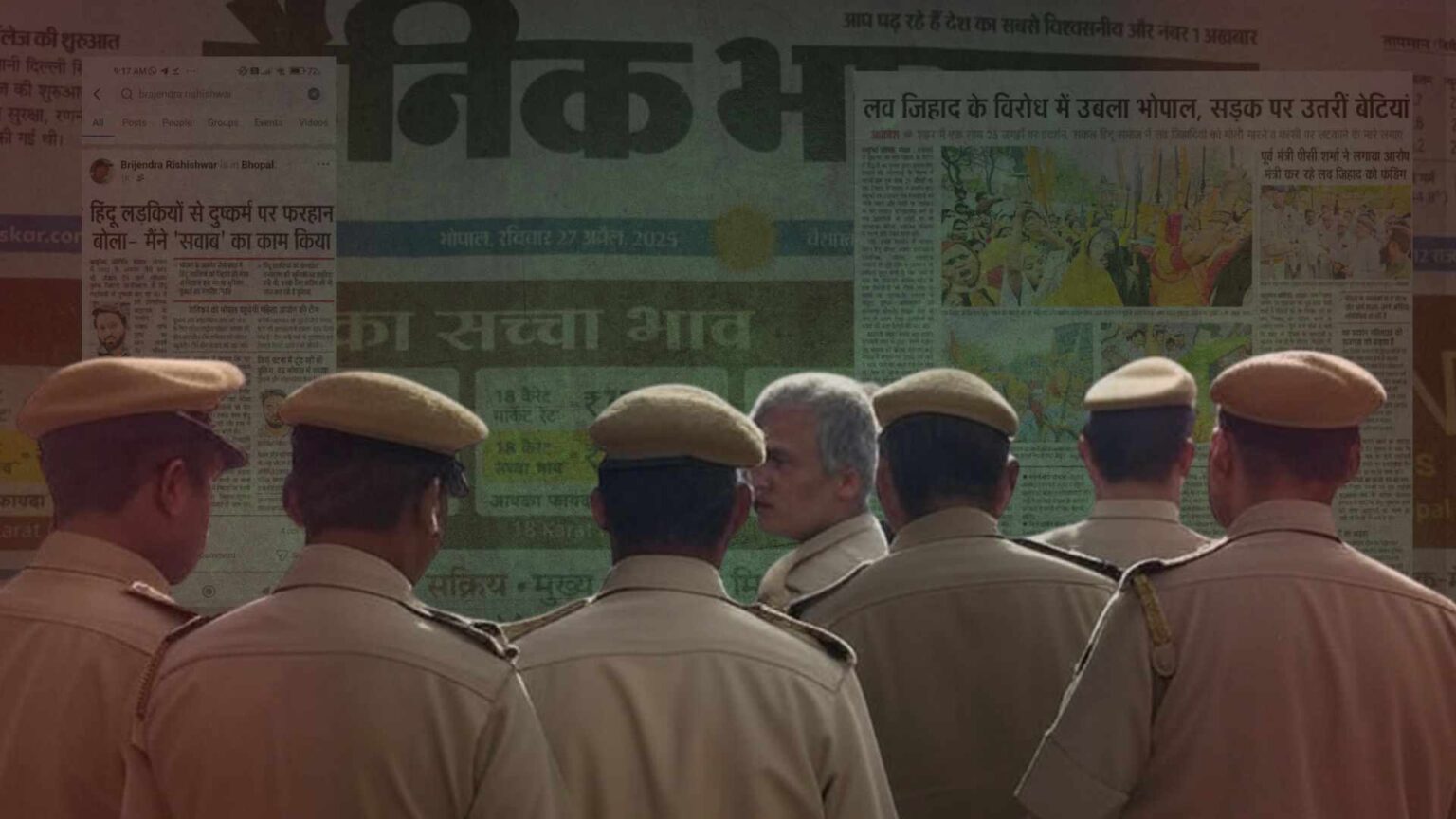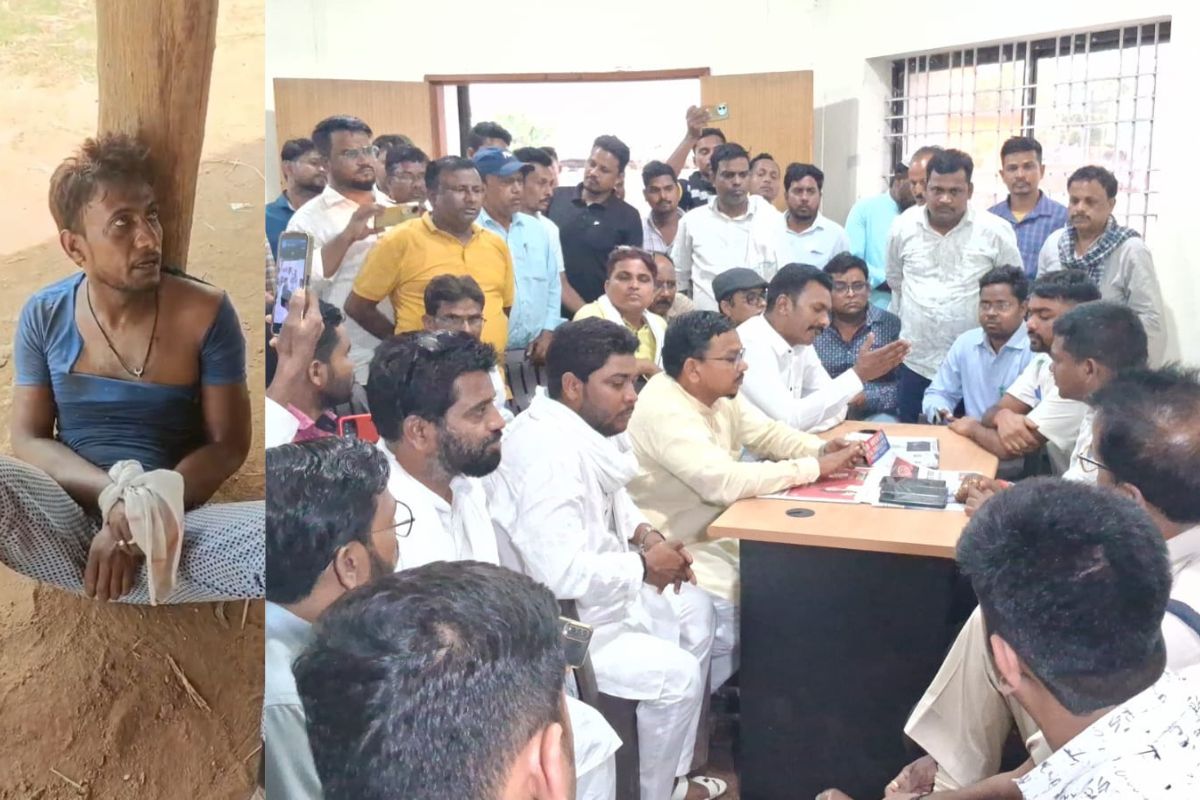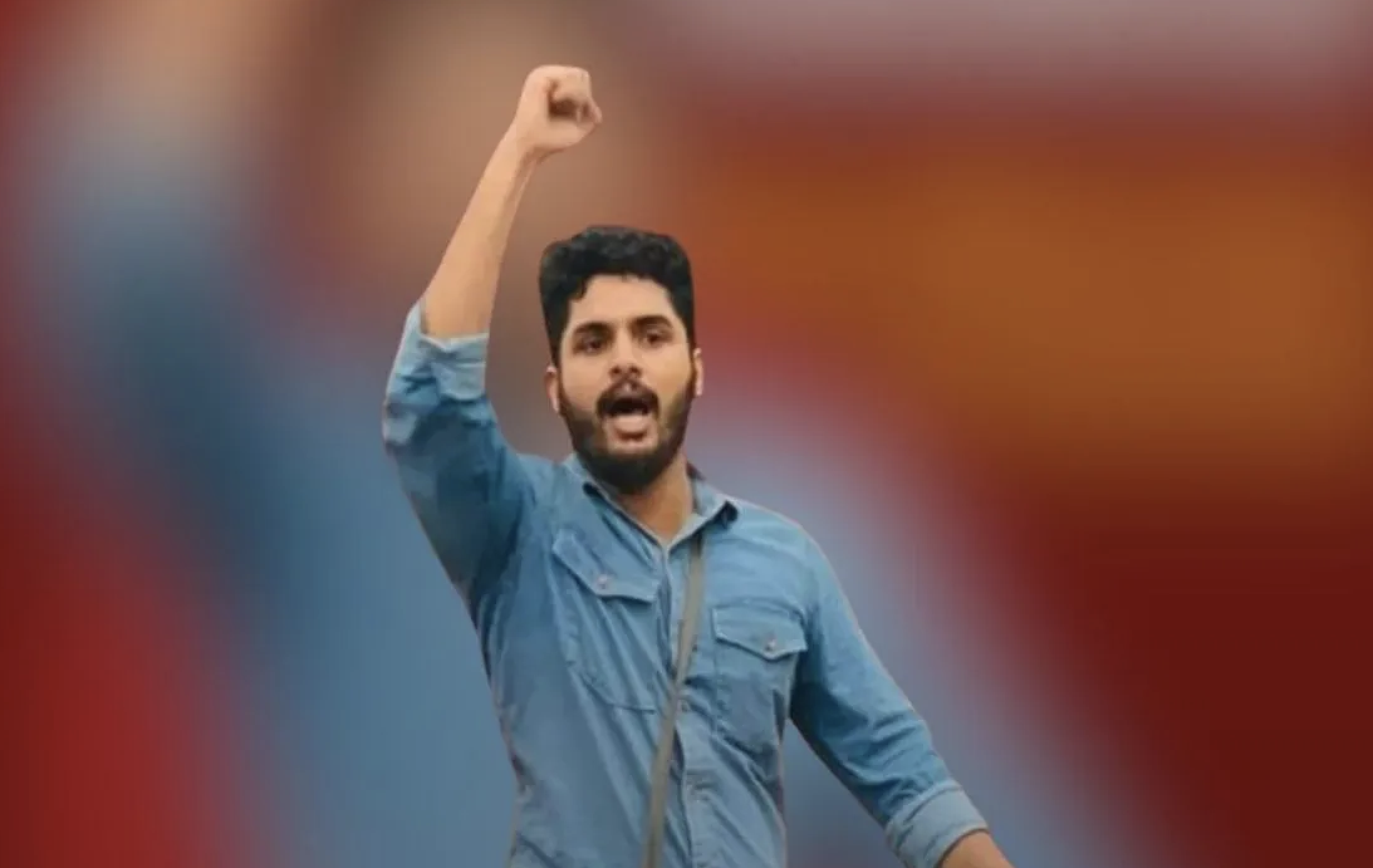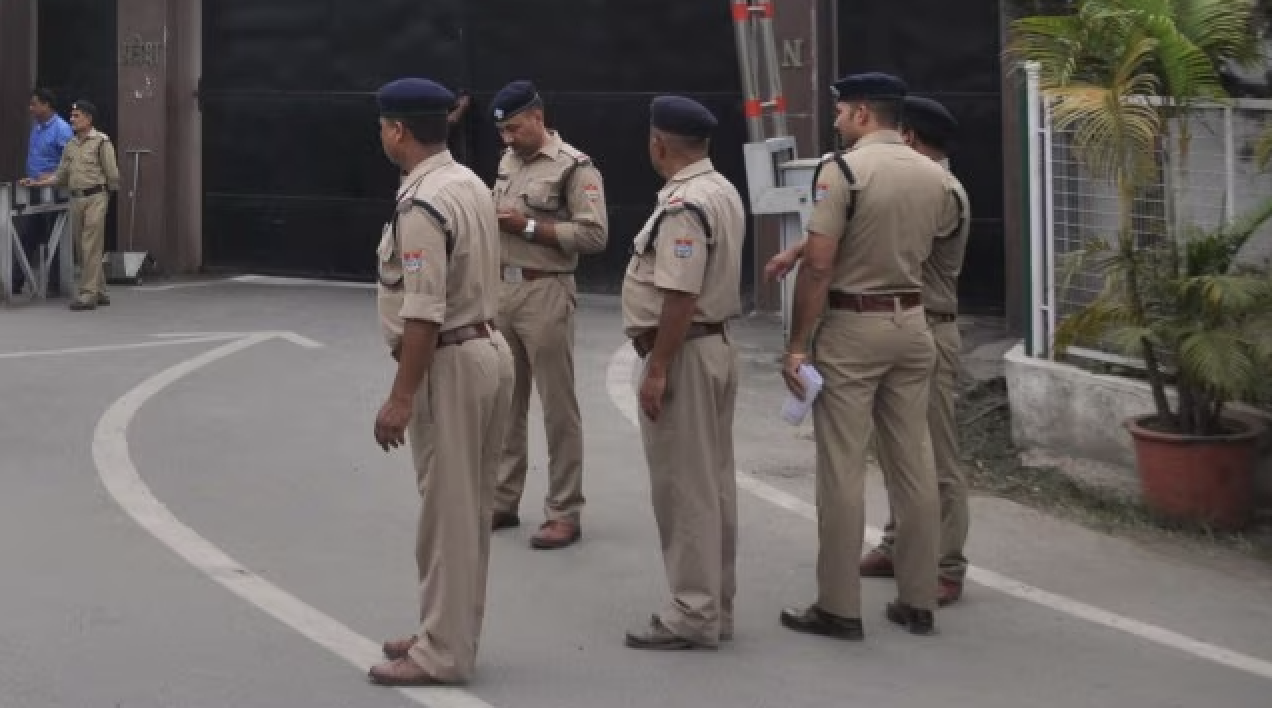By G Vishnu
Sangh owns one of the fastest growing education projects
Rights activists cry foul, as they see these schools in pursuit of communal agenda
Large stretches on the highway between Koraput and Malkangiri districts in southern Odisha remain isolated. This highway has been the target of large number of blasts from Maoists. As a result, it is now dotted with camps of the Border Security Force and the Central Reserve Police Force. It is not too difficult to spot the contrasting images here. In pockets, adivasi women wearing vermillion marks on their foreheads can be seen ferrying their children to school.
For a long time, Christian missionaries and NGOs were the only entities that reached out to adivasis in Odisha, Chattisgarh, Jharkhand and Northeastern states, apart from the limited engagement of state governments. But, now another juggernaut is rolling in this ideological melting pot, where the security forces and insurgent groups, like Maoists, have taken well-defined positions.
It is well known that the Sangh parivar has been trying to establish itself in the tribal areas for a long while. But, the pace at which it is growing has become phenomenal. Sangh’s main propaganda and ‘service’ vehicle – the Vishwa Hindu Parishad (VHP) – offers some startling figures in terms of its reach in the field of education and what it calls cultural engagement.
According to its own claims, the VHP’s Sewa Trust has 3,266 educational projects spread across the country. Out of this, nearly 1,050 Bal Sanskar Kendras reach out to children in the age group of three to seven. About 146 balwaries and 593 primary schools add to the VHP’s count of young followers.
However, the most successful of its projects is the Ekal Vidyalaya Foundation that runs 34,343 schools which, collectively, have 9,62,485 students. The “ekal vidyalayas are our effort to reach the most deprived areas of the country. Christian missionaries get funds from all over the world: the entire Christian empire backs them. Ours is a completely indigenous effort,” says Prakash Sharma, media convener of the VHP.
Insiders in the Sangh, however, are less defensive. “We do receive funds from Hindus from all over the world, especially the prosperous parts,” says a Lucknow-based VHP activist. A quick search on the Internet reveals the presence of the Ekal Vidyalaya Foundation in places like Portland (Michigan) and Baltimore in the United States.
The foundation organises massive charity events in the US and Europe, with entry tickets costing 45 dollars (Rs 2,025) per person at times.
On its web site, the foundation claims to be secular. However, the Sangh parivar boasts of the foundation as its own. The most important programme of the foundation is said to be the promotion of education amongst tribal communities, with a “refined concept of ’one-teacher school’”, in which a local resident with some education imparts basic education in a village.
However, rights activists working in the adivasi areas show concern about the startling growth rate of these social-engineering projects. As examples, they point out the introduction of caste system amongst adivasis and communalisation of young minds that are rampant in various bal mandirs and Durga Vahini, the women wing of the Sangh parivar, camps that VHP operates.
“Kondh and other tribes never practiced caste system earlier. But, with the coming of the Durga Vahini and the VHP starting programmes like ‘Re-conversion to Hinduism’, these tribes have begun classifying themselves into castes. Non beef-eating tribes have begun taking themselves to be upper or purer castes,” says Sharanya, a rights activist based in Odisha.
She says that mobilising adivasis for “communal agenda” of the VHP is one of the biggest dangers of these social-engineering projects.
The communal divide is visible too. The anti-Christian riots that followed after Swami Laxminananda was killed in the Kandhamal area of Odisha in 2008 have not died down completely, as several attacks on the centres of Christian worship have been carried out in the last three years.
However, the VHP spokesperson Sharma vehemently denies allegations of preaching casteism and communalism. “We do not mind even Muslim or Christian students learning in our institutions. However, they have to accept that they are by birth Hindus too,” he says. “As far as the idea of re-conversion is concerned, our epics are evidence to the fact that adivasis too are Hindus,” he adds.
Sharma in turn alleges that the aggressive expansion of the Sangh is aimed at challenging the “might of Christian missionaries in the region, whose sole aim is to convert innocent adivasis”.
An astonishing element about the Sangh parivar’s rapid mobilisation drive is their reach into the regions that have well-rooted ideological opponents.
For instance, Chattisgarh has 2,490 ekal vidyalayas, while Odisha, Jharkhand, West Bengal and the Northeast have 1,590, 2,160, 1,534 and 2,681 such schools. With the exception of West Bengal, they all have sizeable presence of Maoists and other insurgent groups.
Does this not cause a daily battle for survival then?
“No. Maoists or other insurgents have never bothered us,” says Sharma. “Christians killed Swami Laxminananda, not the Maoists,” he adds as a justification for the anti-Christian violence that the VHP has been accused of carrying out in Odisha.
This story was first appeared on sacw.net






